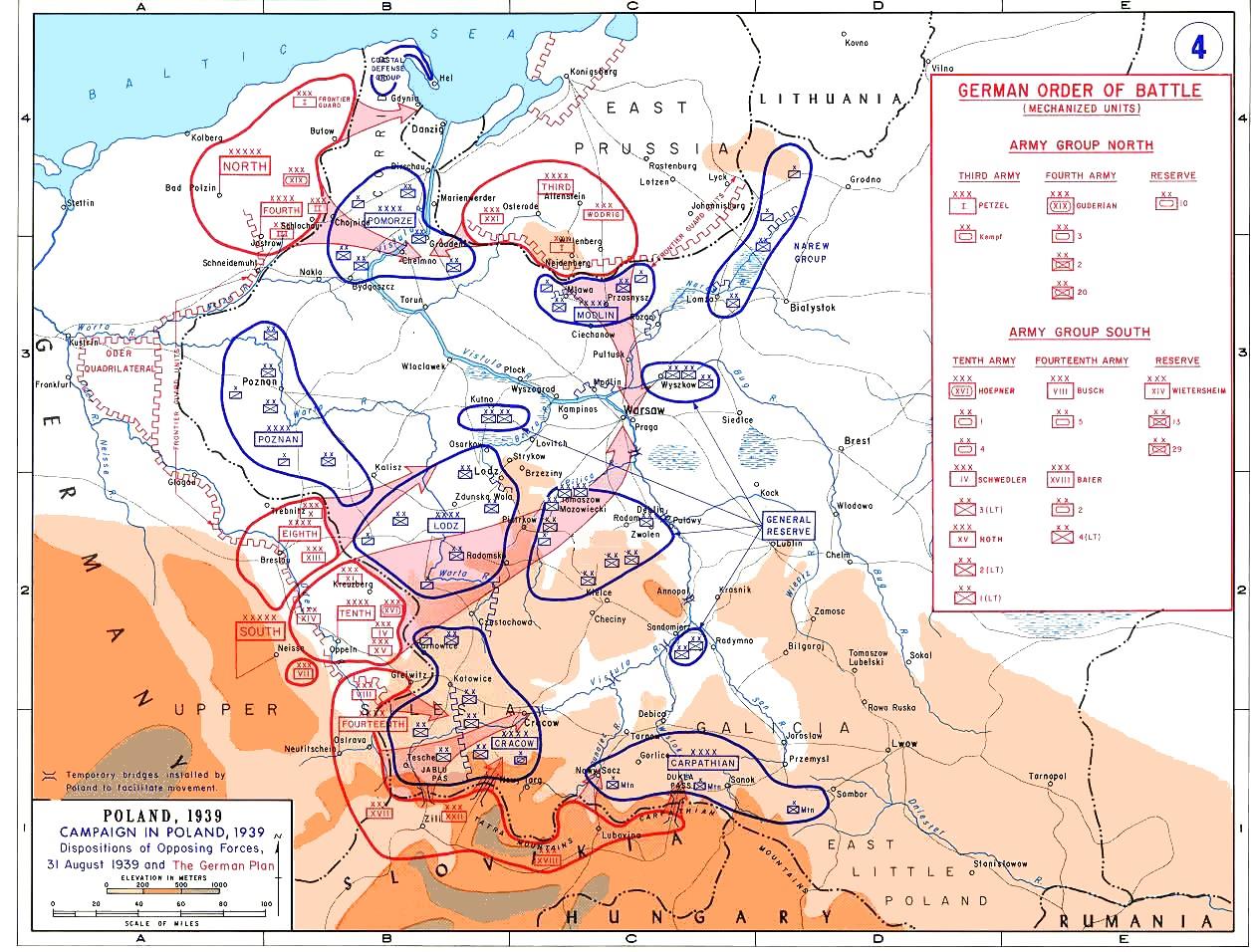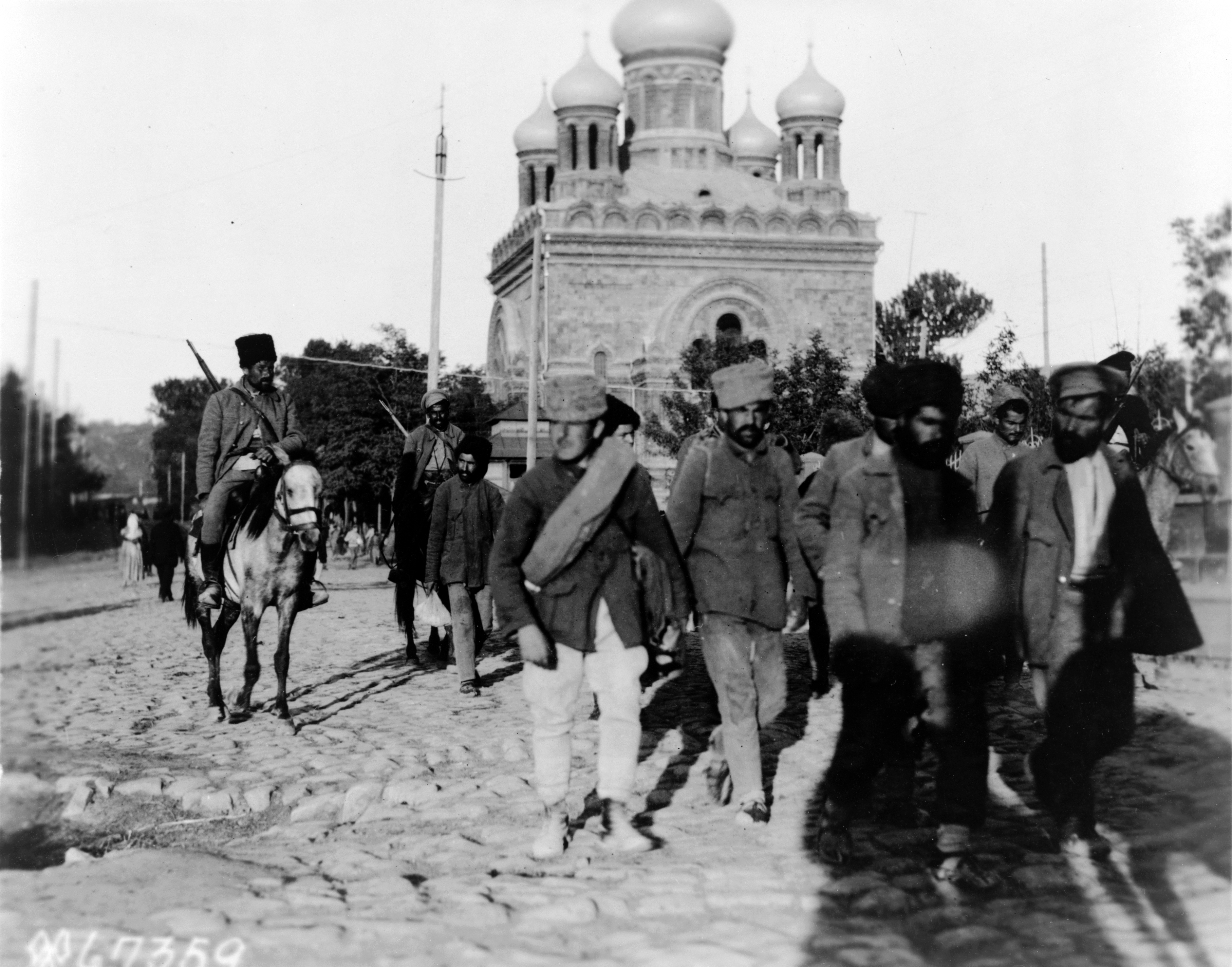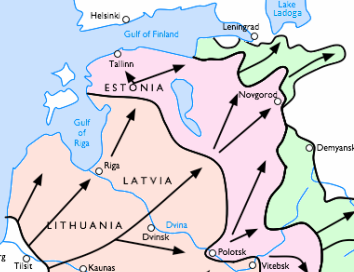|
Polish 13th Infantry Division
13th Kresy Infantry Division (Polish: ''13 Kresowa Dywizja Piechoty'' ) was a unit of the Polish Army in the interbellum period. It was named after Kresy. Its origins go back to the World War I, when in June 1918 the 1st Division of Polish Rifles (''1 Dywizja Strzelców Polskich'', ''1re Division de Fusils Polonais'') was formed in the French town of Villers-Marmery. On July 8, 1918, the Division consisted of 227 officers and 10.000 soldiers, and it had been planned to be used in French attack on the German town of Saarbrücken, in the fall of 1918. Armistice, signed in November 1918, changed those plans. On September 9, 1919, the unit, after having been transformed to Poland, was renamed by Józef Piłsudski into 13th Infantry Division. Soon afterwards, it took part in the Polish-Soviet War, after which it was garrisoned in Rowne and other Volhynian towns, such as Dubno, Brody, Lutsk and Wlodzimierz Wolynski. Invasion of Poland The Division, under Colonel Władysław Kaliń ... [...More Info...] [...Related Items...] OR: [Wikipedia] [Google] [Baidu] |
Polish Army
The Land Forces () are the Army, land forces of the Polish Armed Forces. They currently contain some 110,000 active personnel and form many components of the European Union and NATO deployments around the world. Poland's recorded military history stretches back a millennium – since the 10th century (see List of Polish wars and History of the Polish Army). Poland's modern army was formed after Poland Partitions of Poland, regained independence following World War I in 1918. History 1918–1938 When Poland History of Poland (1918–1939), regained independence in 1918, it recreated its military which participated in the Polish–Soviet War of 1919–1921, and in the two smaller conflicts ( Polish–Ukrainian War (1918–1919) and the Polish–Lithuanian War (1919–1920)). Initially, right after the First World War, Poland had five military districts (1918–1921): * Poznań Military District (Poznański Okręg Wojskowy), HQ in Poznań * Kraków Military District (Krakowski ... [...More Info...] [...Related Items...] OR: [Wikipedia] [Google] [Baidu] |
Prusy Army
The Prusy Army () was one of the Polish armies to fight during the Invasion of Poland in 1939. Created in the summer of 1939 as the main reserve of the Commander in Chief, it was commanded by Gen. Stefan Dąb-Biernacki. The word ''Prusy'' in the Polish language means Prussia, but this name only served as a codename and the region of operations of this army was far from East Prussia. This is in contrast to other Polish armies in 1939 which were named after the geographical regions where they formed. The Prusy Army, whose original name was Warszawa Army, was named so after a folwark in central Poland called Prusy, which served as the headquarters of General Dąb-Biernacki. Tasks According to the "Plan West" ('' Plan Zachód'', the code name for the Polish mobilization plan) it was to be composed of units mobilized as the second and third waves, and its main purpose was to cooperate with the nearby armies "Łódź" and "Kraków". It was being mobilized in two groups after the ou ... [...More Info...] [...Related Items...] OR: [Wikipedia] [Google] [Baidu] |
Wehrmacht
The ''Wehrmacht'' (, ) were the unified armed forces of Nazi Germany from 1935 to 1945. It consisted of the German Army (1935–1945), ''Heer'' (army), the ''Kriegsmarine'' (navy) and the ''Luftwaffe'' (air force). The designation "''Wehrmacht''" replaced the previously used term (''Reich Defence'') and was the manifestation of the Nazi regime's efforts to German rearmament, rearm Germany to a greater extent than the Treaty of Versailles permitted. After the Adolf Hitler's rise to power, Nazi rise to power in 1933, one of Adolf Hitler's most overt and bellicose moves was to establish the ''Wehrmacht'', a modern offensively-capable armed force, fulfilling the Nazi regime's long-term goals of regaining lost territory as well as gaining new territory and dominating its neighbours. This required the reinstatement of conscription and massive investment and Military budget, defence spending on the arms industry. The ''Wehrmacht'' formed the heart of Germany's politico-military po ... [...More Info...] [...Related Items...] OR: [Wikipedia] [Google] [Baidu] |
Jarosław
Jarosław (; , ; ; ) is a town in southeastern Poland, situated on the San (river), San River. The town had 35,475 inhabitants in 2023. It is the capital of Jarosław County in the Subcarpathian Voivodeship. History Jarosław is located in the territory of the old Polish tribe of the Lendians, which became part of the emerging Polish state under Mieszko I. According to tradition, the town was established in 1031 by Yaroslav the Wise, after the area was annexed from Kingdom of Poland (1025–1385), Poland by the Kievan Rus', although the first confirmed mention of the town comes from 1152. The region was eventually regained by Poland, and the settlement was granted Magdeburg rights, Magdeburg town rights by Polish Duke Władysław Opolczyk in 1375. The city quickly developed as an important trade centre and port on the San River, reaching the period of its greatest prosperity in the 16th and 17th centuries. It had trade routes linking Silesia with Ruthenia, Gdańsk, and Hungary. ... [...More Info...] [...Related Items...] OR: [Wikipedia] [Google] [Baidu] |
Przemyśl
Przemyśl () is a city in southeastern Poland with 56,466 inhabitants, as of December 2023. Data for territorial unit 1862000. In 1999, it became part of the Podkarpackie Voivodeship, Subcarpathian Voivodeship. It was previously the capital of Przemyśl Voivodeship. Przemyśl owes its long and rich history to the advantages of its geographic location. The city lies in an area connecting mountains and lowlands known as the Przemyśl Gate (Brama Przemyska), with open lines of transport, and fertile soil. It also lies on the navigable San River. Important trade routes that connect Central Europe from Przemyśl ensure the city's importance. The Old Town of Przemyśl is listed as a List of Historic Monuments (Poland), Historic Monument of Poland. Since the start of the Russian invasion of Ukraine on 24 February 2022, Przemyśl has been a point of refuge for many Ukrainians, as it is located near the Poland–Ukraine border and serves as the end point of the Lviv–Przemyśl railway jun ... [...More Info...] [...Related Items...] OR: [Wikipedia] [Google] [Baidu] |
Vistula
The Vistula (; ) is the longest river in Poland and the ninth-longest in Europe, at in length. Its drainage basin, extending into three other countries apart from Poland, covers , of which is in Poland. The Vistula rises at Barania Góra in the south of Poland, above sea level in the Silesian Beskids (western part of Carpathian Mountains), where it begins with the White Little Vistula (''Biała Wisełka'') and the Black Little Vistula (''Czarna Wisełka''). It flows through Poland's largest cities, including Kraków, Sandomierz, Warsaw, Płock, Włocławek, Toruń, Bydgoszcz, Świecie, Grudziądz, Tczew and Gdańsk. It empties into the Vistula Lagoon (''Zalew Wiślany'') or directly into the Gdańsk Bay of the Baltic Sea with a river delta, delta of six main branches (Leniwka, Przekop, Śmiała Wisła, Martwa Wisła, Nogat and Szkarpawa). The river has many associations with culture of Poland, Polish culture, history and national identity. It is Poland's most important wat ... [...More Info...] [...Related Items...] OR: [Wikipedia] [Google] [Baidu] |
Deserter
Desertion is the abandonment of a military duty or Military base, post without permission (a Pass (military), pass, Shore leave, liberty or Leave (U.S. military), leave) and is done with the intention of not returning. This contrasts with unauthorized absence (UA) or absence without leave (AWOL ), which are temporary forms of absence. Desertion versus absence without leave In the United States Army, United States Air Force, British Armed Forces, Australian Defence Force, New Zealand Defence Force, Singapore Armed Forces and Canadian Forces, Canadian Armed Forces, military personnel will become AWOL if absent from their post without a valid Pass (military), pass, Shore leave, liberty or Leave (U.S. military), leave. The United States Marine Corps, United States Navy, and United States Coast Guard generally refer to this as unauthorized absence. Personnel are dropped from their Military organization, unit rolls after thirty days and then listed as ''deserters''; however, as ... [...More Info...] [...Related Items...] OR: [Wikipedia] [Google] [Baidu] |
Panic
Panic is a sudden sensation of fear, which is so strong as to dominate or prevent reason and logical thinking, replacing it with overwhelming feelings of anxiety, uncertainty and frantic agitation consistent with a fight-or-flight reaction. Panic may occur singularly in individuals or manifest suddenly in large groups as mass panic (closely related to herd behavior). Etymology The word "panic" derives from antiquity and is a tribute to the ancient god Pan. One of the many gods in the mythology of ancient Greece, Pan was the god of shepherds and of woods and pastures. The Greeks believed that he often wandered peacefully through the woods, playing a pipe, but when accidentally awakened from his noontime nap he could give a great shout that would cause flocks to stampede. From this aspect of Pan's nature Greek authors derived the word ''panikos'', "sudden fear", the ultimate source of the English word: "panic". The Greek term indicates the feeling of total fear that is als ... [...More Info...] [...Related Items...] OR: [Wikipedia] [Google] [Baidu] |
Tomaszów Mazowiecki
Tomaszów Mazowiecki (, or ''Tomashuv'') is a city in central Poland with 60,529 inhabitants (2021). It is the fourth most populous city in the Łódź Voivodeship and the second with free public transport. It is the seat of Tomaszów County, Łódź Voivodeship, Tomaszów County. In Tomaszów Mazowiecki there is the first (and the only) all-year speed skating track in Poland - Ice Arena Tomaszów Mazowiecki, which has hosted the World championships speed skating, World Championships. In autumn, the city hosts the international Love Polish Jazz festival, organized by the Ministry of Culture and National Heritage (Poland), Polish Ministry of Culture and National Heritage. Location Tomaszów is situated in the Łódź Voivodeship (since 1999); previously, it was part of Piotrków Voivodeship (1975–1998). Tomaszów occupies an area of as of 2002. The town is situated on the banks of three rivers, the Pilica (river), Pilica, Wolbórka, and Czarna Bielina, and is near the Zalew ... [...More Info...] [...Related Items...] OR: [Wikipedia] [Google] [Baidu] |
Luftwaffe
The Luftwaffe () was the aerial warfare, aerial-warfare branch of the before and during World War II. German Empire, Germany's military air arms during World War I, the of the Imperial German Army, Imperial Army and the of the Imperial German Navy, Imperial Navy, had been disbanded in May 1920 in accordance with the terms of the 1919 Treaty of Versailles, which banned Germany from having any air force. During the interwar period, German pilots were trained secretly in violation of the treaty at Lipetsk (air base), Lipetsk Air Base in the Soviet Union. With the rise of the Nazi Party and the repudiation of the Versailles Treaty, the Luftwaffe's existence was publicly acknowledged and officially established on 26 February 1935, just over two weeks before open defiance of the Versailles Treaty through German rearmament and conscription would be announced on 16 March. The Condor Legion, a Luftwaffe detachment sent to aid Nationalist faction (Spanish Civil War), Nationalist for ... [...More Info...] [...Related Items...] OR: [Wikipedia] [Google] [Baidu] |
Erich Hoepner
Erich Kurt Richard Hoepner (14 September 1886 – 8 August 1944) was a German general during World War II. An early proponent of mechanisation and armoured warfare, he was a Wehrmacht Heer army corps commander at the beginning of the war, leading his troops during the invasion of Poland and the Battle of France. Hoepner commanded the 4th Panzer Group on the Eastern Front during Operation Barbarossa, the invasion of the Soviet Union in 1941. During the invasion of Poland, he resisted mistreatment and murder of prisoners of war, but in Russia, Hoepner called for a war of extermination. Units under his authority closely cooperated with the ''Einsatzgruppen'' and he implemented the Commissar Order that directed Wehrmacht troops to summarily execute Red Army political commissars immediately upon capture. Hoepner's Panzer group, along with the 3rd Panzer Group, spearheaded the advance on Moscow in Operation Typhoon, the failed attempt to seize the Soviet capital. Dismissed fro ... [...More Info...] [...Related Items...] OR: [Wikipedia] [Google] [Baidu] |






